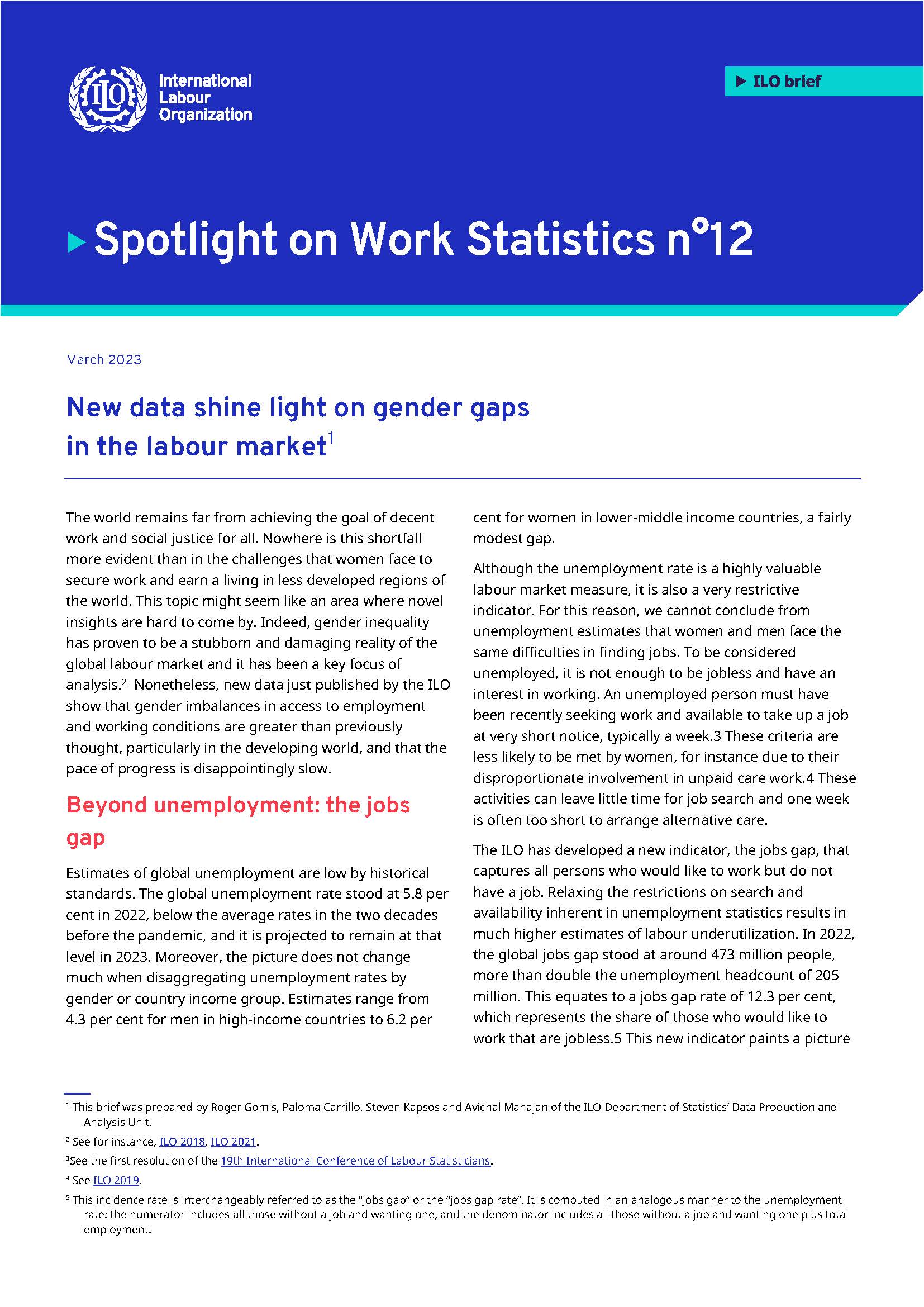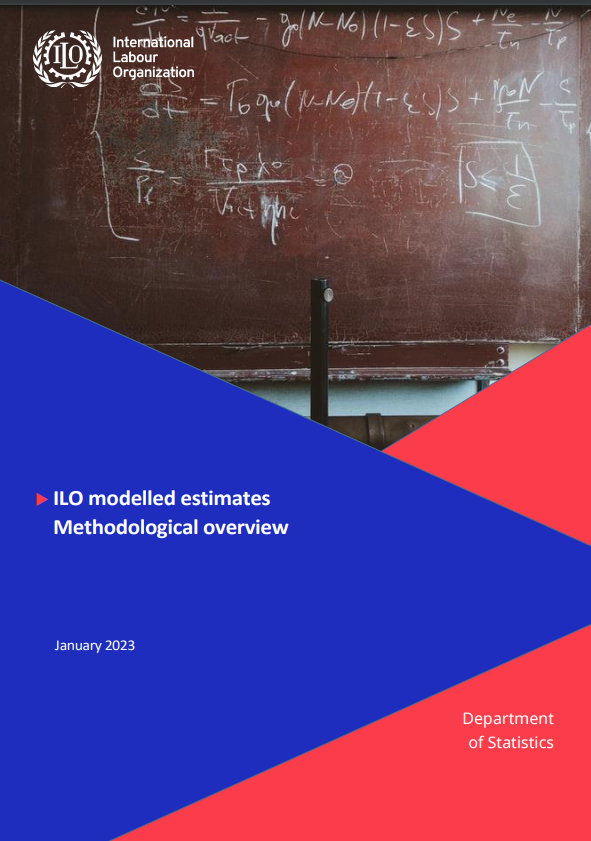Beyond the numbers: Exploring the relationship between collective bargaining coverage and inequality
Collective bargaining plays a key role in promoting decent work and improving working conditions. But what does the ILO’s industrial relations data show regarding the relationship between collective bargaining coverage, trade union density, and outcomes for workers? How can we assess the impact on workers’ lives?
















